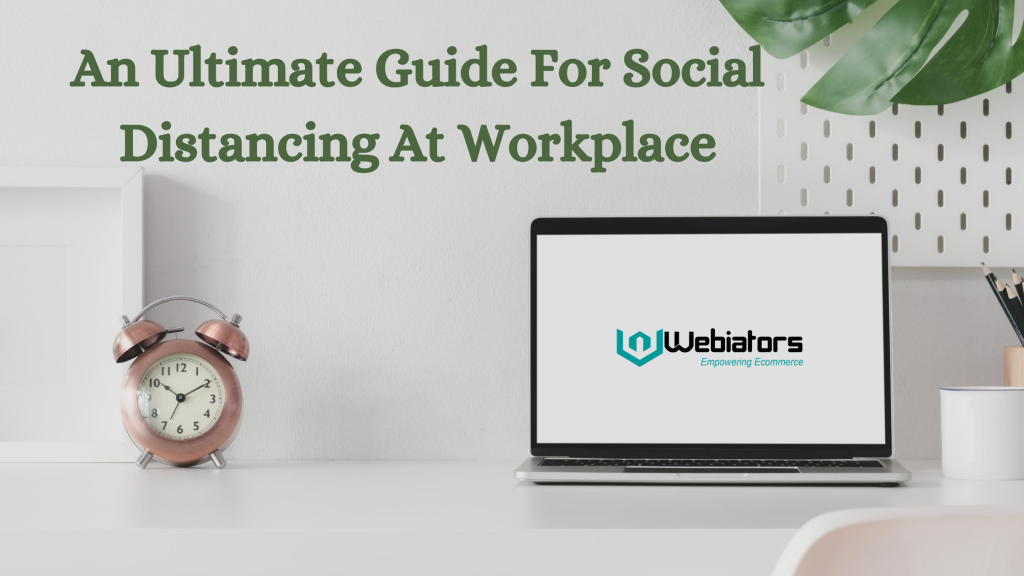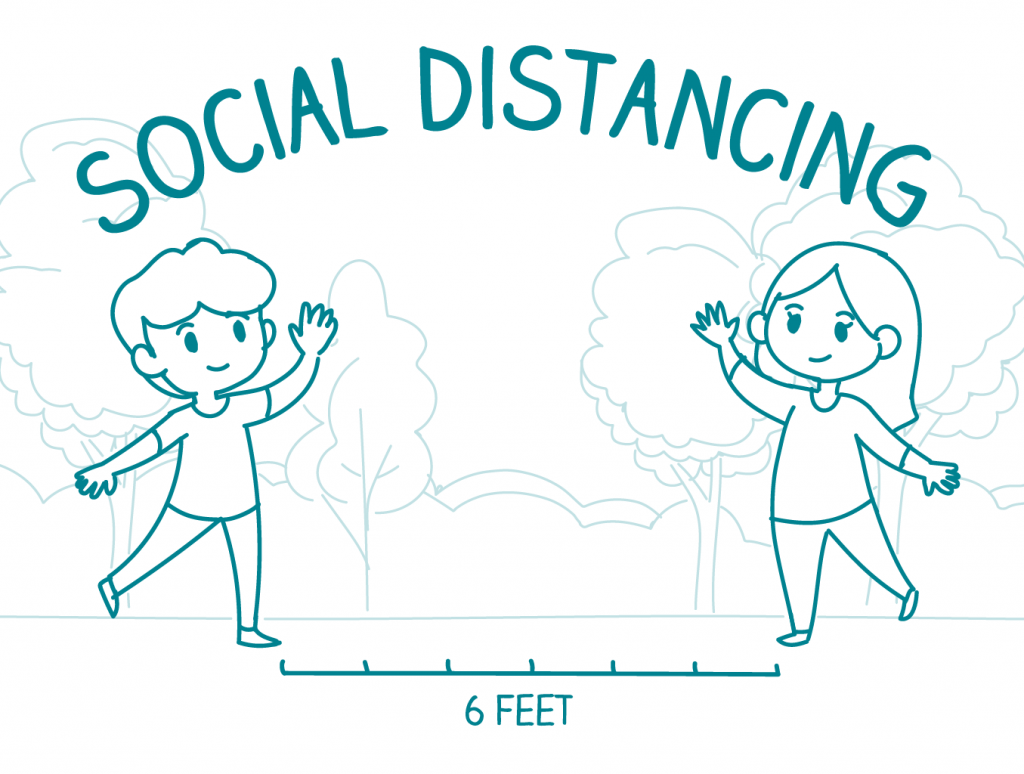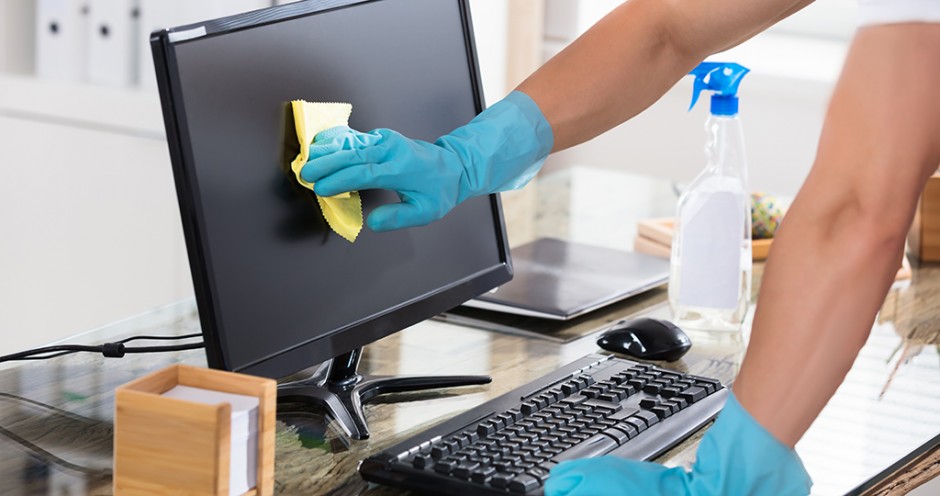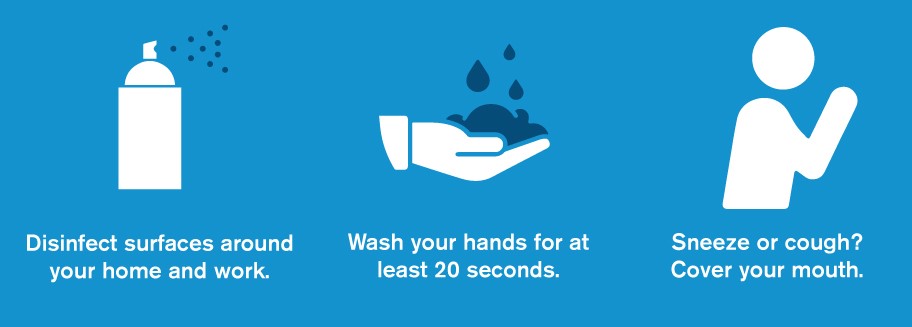
Coronavirus pandemic has led a number of the world’s biggest cities to issue social distancing as a preventative measure to slow the spread of the virus.The COVID-19 pandemic brought an end to our old office lives and ushered in an exceedingly new age of public-health awareness, sanitation savviness, and social distancing at work.
Social distancing at work could be the foremost novel aspect of our new normal. Social distancing at work allows us to continue efforts to limit the spread of COVID-19 while also safely resuming new-normal business practices. As offices and businesses reopen, social distancing measures may help avoid COVID-19 surges.
Firstly Social Distancing: What is it, and why is it important?

Social distancing is a crucial preventive measure intended to minimise the danger of infection and also the spread of a communicable disease. It refers to the practice of maintaining a physical distance of 1 metre (3 feet) from others and avoiding large gatherings at locations including gyms, movie theatres, stadiums, and even churches. Minimising close contact with others helps to flatten the curve by limiting one’s contact with infected people and contaminated surfaces. It also reduces both the possibility of infection among high-risk populations and also the burden on health care systems and workers alike.
Social distancing at work also demands building managers, bosses, office managers—and really anyone who works in an office—to start thinking like public-health professionals, constantly striving to spot and mitigate risks.
Following points below are help you start envisioning your safe return-to-work strategy:
Cleaning And Disinfecting Protocols At Work
Current evidence suggests that Covid may remain viable for hours to days on surfaces made of a range of materials. Cleaning of visibly dirty surfaces followed by disinfection may be a best practice measure for prevention of COVID-19 and other viral respiratory illnesses in households and community settings.

What cleaning protocols will you ask staff to follow?
- Sanitizing desks
- Sanitizing equipment
- Wiping door handles
- Washing hands properly and frequently
Crowd Control Planning At Work

Without control planning, most office environments make it impossible for people to remain 6 feet apart at the least times. As an example, if even one hallway is a smaller amount than 6 feet wide, then it could lead on to disease transmission.Consider these points to begin control planning.
- How many employees are going to be allowed within the office at any given time?
- How will you establish who’s allowed within the office?
- How many people are allowed to satisfy / take in common areas?
- How will you monitor or enforce these rules?
- Will you appoint an on-site monitor or allow employees to self-report compliance?
Entrance And Screening Protocols At Work
Protocols to prevent employees from bringing infection risks with them as they enter your sanitized and modified office space.Just one employee can infect multiple people.Consider these points to determine your entrance and screening protocols. If your office is an element of a bigger building, then you’ll even have to collaborate with building managers, security guards, or the other groups who “own” or monitor points of entry.

Some options include:
- Self-reported symptom tracking surveys.
- Temperature screenings. Note: Should they be administered or self-reported by employees?
- Questionnaires. Ex: have you ever traveled recently? have you ever been to a gathering of 10+ people recently?
Safe Commuting (Public Transport) To Work
Guidance to assist employees jaunt work while reducing their risk of disease and their potential to pass disease to co-workers. Packed public transportation vehicles come together with the potential to supply devastating exposure cascades. Establish your guidance before anyone returns.Continue adjusting your guidance indefinitely, as situations develop.
Consider these points to start out establishing your safe commuting guidance. What are your local transportation authorities saying about safety measures? Their safety plans should determine whether or not you advise employees to use their services.
Do you have the budget to supply alternative transportation?
- Charter buses
- Bike-sharing credits
- Gas vouchers
- Revise your transportation incentives.
Offer incentives for those that bike, walk, or drive alone. Suspend incentives for carpooling, ride-sharing, and riding buses or trains.
Misconceptions about Social Distancing
With the arrival of the pandemic comes a bunch of mixed messages and misinformation round the importance of social distancing. Here are some common myths about social distancing.
Only the elderly, those at high-risk and people who are infected must stay home and limit contact with others.
Anybody is often infected with COVID-19, whether or not they don’t show symptoms. Being out and about increases the chance of infection and transmission of the virus. That’s why it’s critical that everybody does their part in protecting the foremost vulnerable and flattening the curve by avoiding large crowds and social gatherings.
Coronavirus is barely spread through coughing and sneezing.
The virus is spread in three ways:
- From large droplets produced by coughs and sneezes
- From inhaling the airborne virus
- From contact with contaminated objects or surfaces
Social distancing means isolating yourself from others completely.
Social distancing doesn’t mean avoiding social connections – rather, it refers to maintaining a physical distance between people. In fact, it’s more important than ever to supply emotional support to loved ones during these stressful times, whether or not you’re apart, as studies show that loneliness can negatively affect both mental and physical health. There are lots of social apps, from party app House party to the Chrome extension Netflix Party, which will facilitate your stay connected with loved ones.

Those who feel unwell or believe themselves to be infected should prevent people, including those that board the identical household, by keeping themselves in one room the maximum amount possible. If you share a restroom, make sure to stay as clean as possible, close the bathroom lid before you flush, and disinfect regularly.
Now that you’ve read of these consideration points, you’re probably trying to picture a practical timeline. We encourage you to require it slow and develop a phased and versatile approach.

